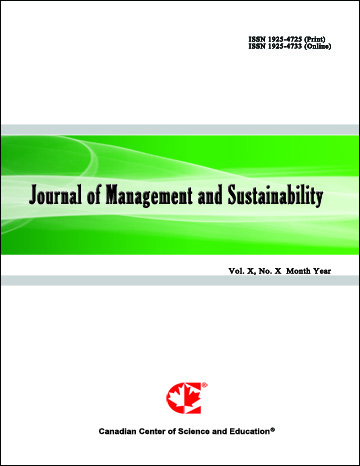Money Supply and Velocity of Money in Nigeria: A Test of Polak Model
- Ajibola Arewa
- P. C. Nwakanma
Abstract
The study provides an empirical test of the Polak model using annual time series data from Nigeria for a sampling period of 1985 to 2011. The Johansen and Jesulius multivariate cointegration procedures are particularly employed to investigate the long-run relationship between money supply and other selected macro-economic variables; our findings show convincing evidence in support of long-run equilibrium relationship existing in these variables. Also, the Granger Causality Test is employed to examine the causality between money and the selected macroeconomic variables; in all, the findings reveal bidirectional causality between money and core macro-economic variables such as national income, net foreign domestic credit and export in Nigeria. The study also finds that the marginal propensity to import is 20 percent, while the marginal velocity of money in circulation is very high almost approaching 300 percent suggesting that the Nigerian economy is inflationary.
- Full Text:
 PDF
PDF
- DOI:10.5539/jms.v3n4p136
Journal Metrics
Google-based Impact Factor (2021): 1.54
h-index (July 2022): 37
i10-index (July 2022): 147
h5-index (2017-2021): 12
h5-median (2017-2021): 19
Index
- Academic Journals Database
- ANVUR (Italian National Agency for the Evaluation of Universities and Research Institutes)
- CAB Abstracts
- CNKI Scholar
- EconBiz
- Excellence in Research for Australia (ERA)
- GETIT@YALE (Yale University Library)
- Harvard Library
- HeinOnline
- Infotrieve
- JournalTOCs
- LOCKSS
- MIAR
- PKP Open Archives Harvester
- RePEc
- Scilit
- SHERPA/RoMEO
- Stanford Libraries
- UCR Library
Contact
- Evelyn XiaoEditorial Assistant
- jms@ccsenet.org
